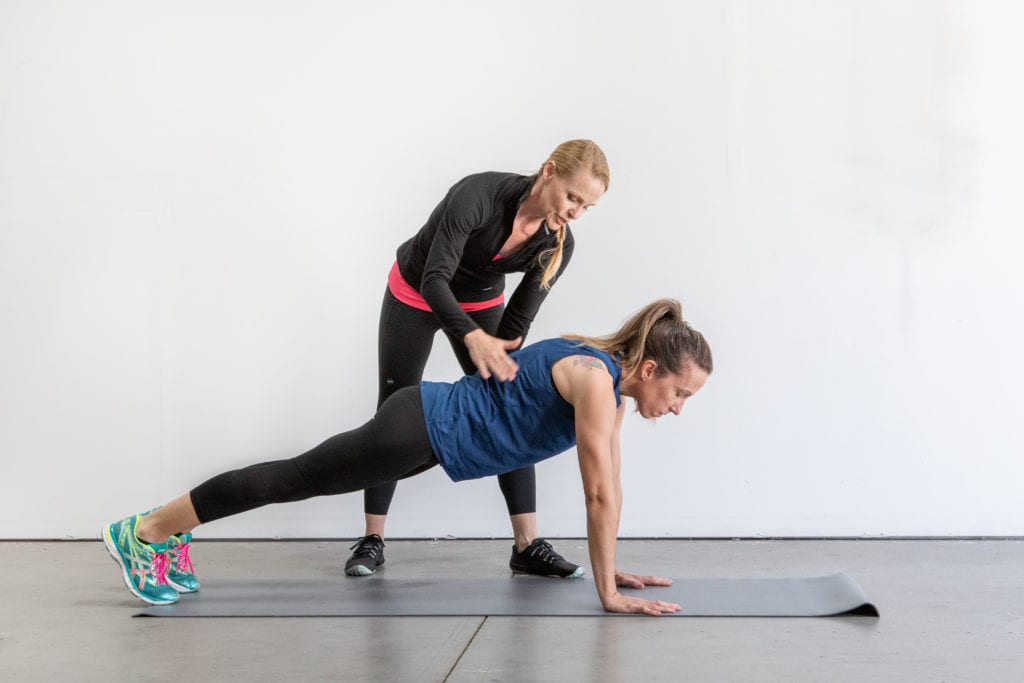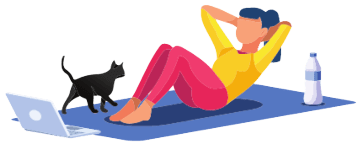What if I share with you an exciting approach to fitness programming and athletic training, an approach that delivers, over-time, improved daily function, enhanced performance at the gym and in sports, and often gives relief from recurring and nagging injuries.
Rest assured, it’s not a fad, not a trend, and certainly not a pill. It’s also not incredibly sexy. Well, it’s not sexy initially, but just wait until you begin the work regularly and your results become self-evident. Do I have your attention? What I’m introducing is called corrective exercise. Think of it as another BioHack for longevity.
And there’s more. I’m going to boldly suggest that if you’re not incorporating corrective exercise into your warmup routine at the fitness studio, or before your strength training session, or any other physical endeavor, then it’s highly likely that you’re not reaching your full potential in your fitness or sports programming. You’re not full tilt.

Have I piqued your curiosity about corrective exercise?
Get an assessment, first. It’s often mentioned that any well-designed exercise program begins with an assessment to determine baseline measures, and it’s with an assessment that specific corrective exercises based on compensation patterns are determined. Anyone trained in human movement science can help get you started. Coaches, personal trainers, chiropractors, and also massage therapists offer this service, and the assessment is easy, taking less than an hour to complete and requiring no special equipment.
During the test, your practitioner watches with a keen eye on your feet and ankles, hips, and shoulders. Also, the assessment is adaptable to any fitness level; therefore, it’s never too late to schedule one. During the test you’ll either sit and stand from a chair, or practice moving through a series of squats. It’s here where the practitioner pays close attention to how you move, noting any neuromuscular skeletal dysfunction or compensation patterns.
After the test, an action plan is developed, implementing an integrated corrective strategy tailored to your structural needs. Within the plan of action, expect to learn to use a foam roller or a massage ball. You’ll be given an individualized routine filled with release techniques, mobility moves, stretches, and strengthening exercises. Each comes with an explicit, easy-to-follow set of directions. Often the methods include homework and acquiring a few, low-cost tools for home-use is necessary.
After several weeks of incorporating the moves into your warm-up, your practitioner will ask for a re-check where you perform the assessment again, a necessary component to make sure the exercises you’ve been given initially are indeed creating the needed changes. Most people will work on the exercises for a manner of months, or longer, to create the adaptations. Once that happens, progressions of the exercises are then taught, and it’s here then that benefits of a good corrective exercise program will unfurl, revealing the sex-appeal of corrective exercises.
With regular and on-going practice, the techniques assist with greater neuromuscular control which leads to improved performance and enhanced daily function. And even more exciting, the techniques correct dysfunctional movement patterns, setting your body up to be active forever. Yes, that’s right…forever.
The exercises then are proactive—reducing the risk of future injuries that could arise from any now-evident dysfunction. Corrective exercises then become part your fitness and sports routine. The moves are the warmup.
If you’re sure corrective exercises will benefit you, that’s great. Next, I encourage you to seek out a trusted practitioner to schedule an assessment. In my professional experience, all clients benefit from the methods, regardless of age, gender, level of fitness, or current health. Why not give yourself the edge—whether enhanced performance is desired, greater ease in function, or a reduction of injury. By creating fitness now, you take charge and gear-up to be active throughout all the decades of your long-life.
Exercise is not an option anymore. Living well, and aging well, demands that you take care of your body. Implementing an ongoing, dedicated, and intentional exercise program is one of the best ways to create hearty, vital longevity. Be different and daring, make your physical fitness important, and do it full tilt.
